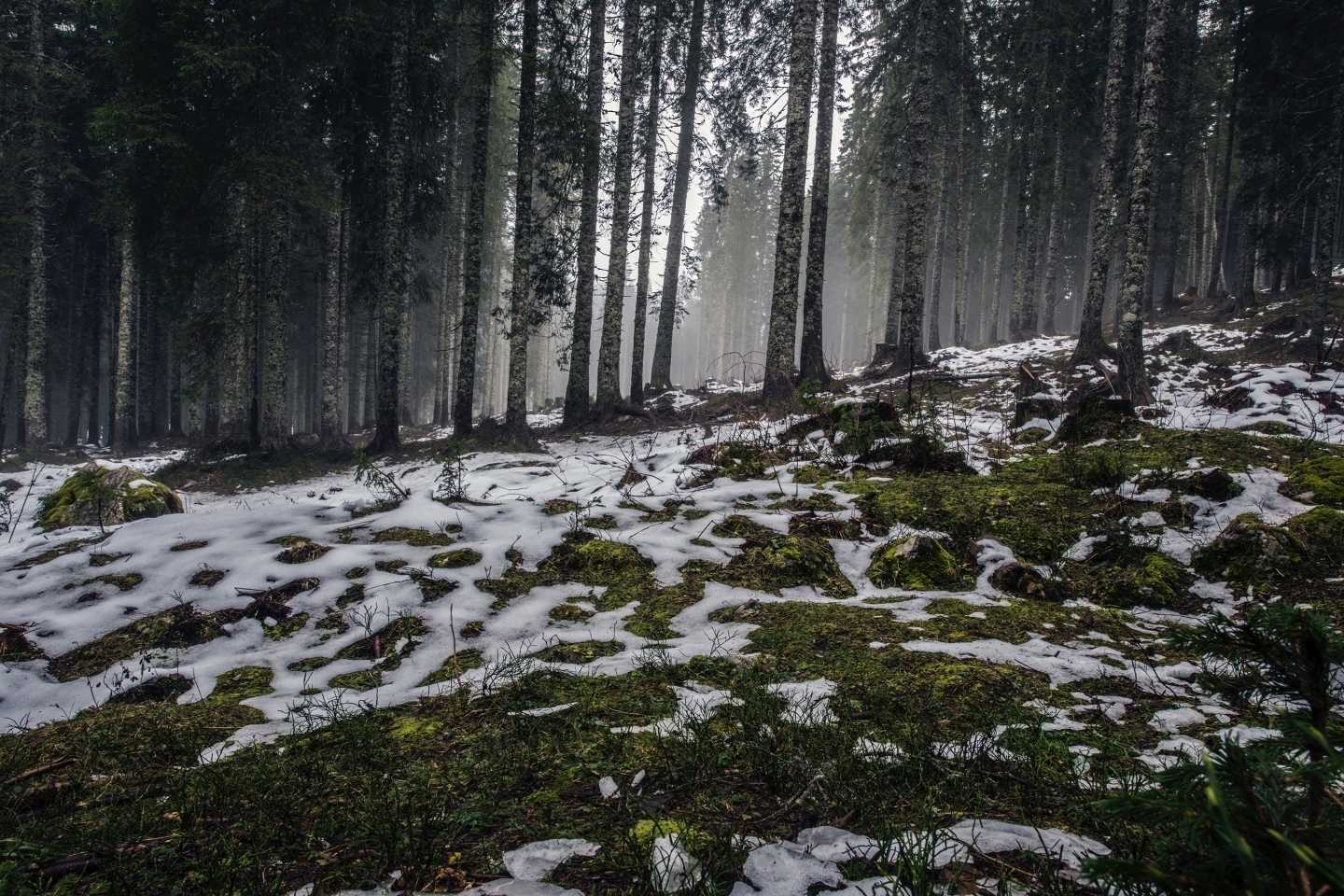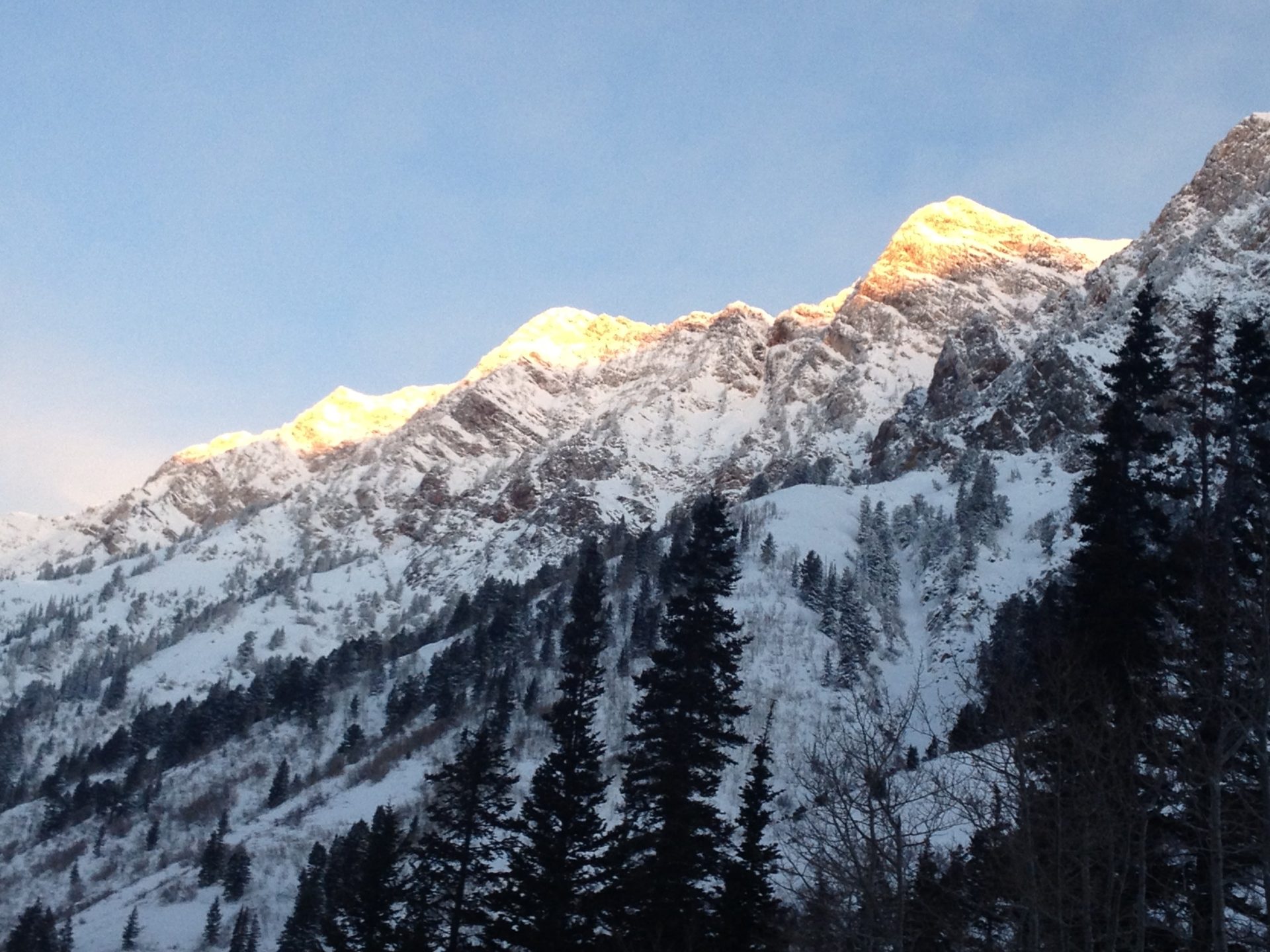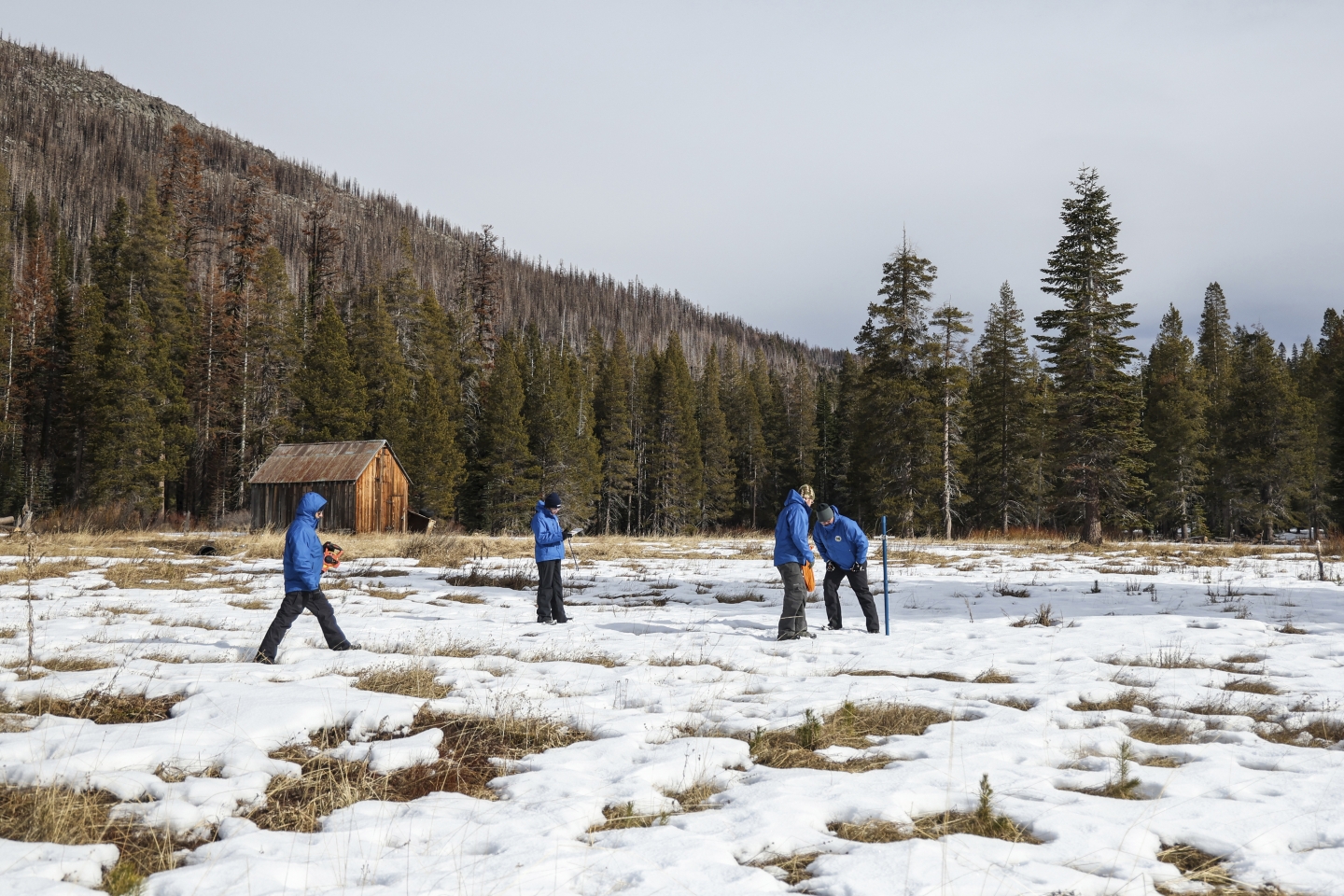
Warmer winters threaten the snowpack in the western U.S. and ice cover in the East which is due to rising temperatures according to scientists. Projections show rising temperatures throughout this century will result in decreased snowfall threatening the water supply and the $67 billion snow sports industry. Snow hovered near record-low depths this season and the Great Lakes had their lowest ice cover since record-keeping began in 1973.
In western river basins, the snowpack supplies 50% of the water that millions of people rely on for hydropower, irrigation, and drinking. It is released as runoff in the spring and summer. Winter is the fastest warming season, according to Climate Central, an independent, non-profit group of scientists and communicators. This will erode the snowpack’s depth and shift the snowmelt’s timing. Climate modeling projects increasing temperatures and more variable precipitation through the end of this century which will make managing water resources even more complicated.

Older skiers and riders wax nostalgically about the good old days when there was more snow: data from Climate Central illustrates this. The majority of snow collection stations reported less snowfall from 1970 to 2023. Between 1970-2019, fall snowfall (before December 1) decreased in every region of the country and spring snowfall (after March 1) decreased in all regions except for the Northeast and East North Central regions. The number of days below 32 degrees Fahrenheit also continues to decline, something East Coast skiers and riders are painfully aware of as this impacts snowmaking.
- Related Article: U.S. Ski Industry Set to Lose Billions Due to Climate Change
The West experiences earlier snowmelt and less precipitation falling as snow which also heightens the risk of wildfires. The National Environmental Education Foundation’s research shows that the annual snowpack season has been shortened by 18 days per year. Decades of shrinking snowpack have reduced snow-derived freshwater in the West by 15-30% since 1955.

Two professors at Dartmouth College researched how global warming’s influence on temperature and precipitation drove changes in snowpack in 169 river basins across the Northern Hemisphere from 1981 through 2020. Justin Mankin, associate professor of geography, and Guarini PhD candidate Alexander Gottlieb suggest that human-caused warming has caused declines in the snowpack between 1981 and 2020. The study concluded that “human-forced snow losses and their water consequences are attributable…and will accelerate and homogenize with near-term warming, posing risks to water resources in the absence of substantial climate mitigation.” This is supported by a study by Julian Schmitt et. al. into the relationship between the primary drivers of snow drought, warmer temperatures, and decreased participation. The research suggests that snow droughts could increase almost nine times under a high emissions scenario or five times under moderate emissions cuts by 2100.
The National Oceanic and Atmospheric Administration (NOAA) research shows snow drought conditions persist across most of the West. Southwestern states are in a 25-year mega-drought and will continue to face water shortages. Snow drought is a period of abnormally low snowpack. Warming temperatures result in rain instead of snow, increasing the likelihood of snow drought.

The Snow Telemetry Network (SNOTEL) is 900 automated data collection sites in high-elevation mountain watersheds in the West and is used to predict droughts. SNOTEL provides Snow Water Equivalent (SWE) measurements, the liquid water equivalent of the snowpack expressed in terms of depth, snow depth, precipitation, and temperature data.
As the climate warms, the snow line elevation rises resulting in differing distributions of snow; this impacts SNOTEL measurements as the system cannot monitor the impact of climate change. Researchers from Berkeley are creating new statistical methods for more precise modeling of SNOTEL data to help water management for western states. Their framework uses three separate statistical models, including AI. Each year’s predictions depend on patterns learned from the previous 20 years.
Climate projections for the rest of the century show increased warming, shorter winters, and less snowfall with more rainfall. Winter sports enthusiasts are vested in supporting solutions to mitigate rising temperatures. Working to control emissions will require continued investment in renewable energy sources. Some ski areas are using wind or solar power to provide for their energy needs. The industry will need to continue to expand these initiatives in the coming years to counter this threat.
